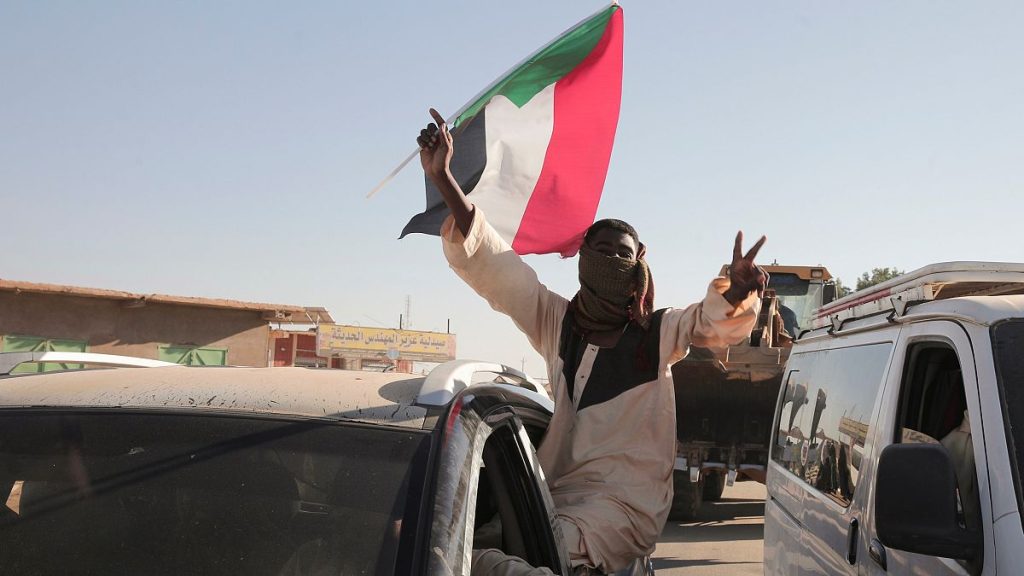The ongoing conflict in Sudan, while largely overlooked by the international community, is a complex web of internal power struggles exacerbated by external interference, driven by economic and geopolitical interests. The warring factions, the Sudanese Armed Forces (SAF) and the paramilitary Rapid Support Forces (RSF), are locked in a brutal battle for control, each backed by a network of international actors with their own agendas. Recent developments, including the US formally accusing the RSF of genocide and imposing sanctions on SAF leader General Abdel Fattah al-Burhan, suggest a possible turning point in the conflict, but the multifaceted nature of the war makes predicting the outcome a difficult task. Underlying the immediate conflict are deeper, long-standing tensions amplified by the vacuum created after the 2019 overthrow of dictator Omar al-Bashir.
The roots of the conflict lie in the uneasy alliance between the SAF and the RSF following al-Bashir’s ousting. Despite the RSF’s involvement in the brutal suppression of protests, the two forces formed a fragile power-sharing agreement, masking their underlying animosity. Warnings from analysts like Kholood Khair about the imminent outbreak of war were largely ignored by the international community, which prioritized its own narrow interests, such as migration control for European nations and Red Sea security for the US. This oversight allowed the conflict to escalate into a full-blown civil war in April 2023, with both sides attracting local and international support, further complicating the situation.
International involvement has been a key driver of the conflict, with various nations seeking to exploit Sudan’s resources and strategic location. The RSF has cultivated a strong relationship with the UAE, providing troops for the Yemeni conflict and facilitating a lucrative gold trade, receiving arms and cash in return. Similarly, the SAF has garnered support from Egypt, which has benefited from the increased gold smuggling across their shared border. Both countries are accused of prioritizing their economic interests over efforts to resolve the conflict. Egypt, while hosting a large number of Sudanese refugees, has also used the influx as a scapegoat for its own economic woes.
Beyond the economic incentives, Sudan’s strategic position at the intersection of the Red Sea and the Sahel has attracted the attention of global powers. The UAE aims to expand its ports and counter Saudi influence in the region. Iran has also sought access to Port Sudan, which the SAF uses as leverage for US support. Russia, ever opportunistic, supports both the SAF and the RSF, recognizing their respective influence in the Red Sea and the Sahel, while simultaneously benefiting from the gold trade with both factions. This complex web of external involvement, while not necessarily defining the conflict as a proxy war, significantly influences its dynamics and fuels its continuation.
The Sudanese conflict has reached a critical juncture, influenced by both internal developments and shifts in the international landscape. The US accusations of genocide against the RSF, while potentially clarifying the situation, also carry the risk of further polarizing the conflict and hindering resolution efforts. The simultaneous accusations of war crimes against the SAF complicate the narrative and underscore the widespread suffering inflicted on the civilian population. As the war drags on, it increasingly takes the form of a war of attrition, with devastating consequences for the Sudanese people.
Looking ahead, the war’s trajectory will be influenced by the evolving priorities of external actors. Russia, despite the immense cost of its involvement in Ukraine, remains committed to asserting its influence in the region, particularly after losing its key ally in Syria. The UAE, potentially freed from its commitments in Yemen, might redirect resources and attention to Sudan. The continued suffering of the Sudanese people, caught in the crossfire of internal and external interests, underscores the urgent need for a resolution to the conflict. The challenge lies in navigating the complex web of international involvement and finding a path towards peace that prioritizes the needs of the Sudanese people over the geopolitical and economic interests of external actors. The future of Sudan hangs precariously in the balance, dependent on the actions of both internal and external forces.














